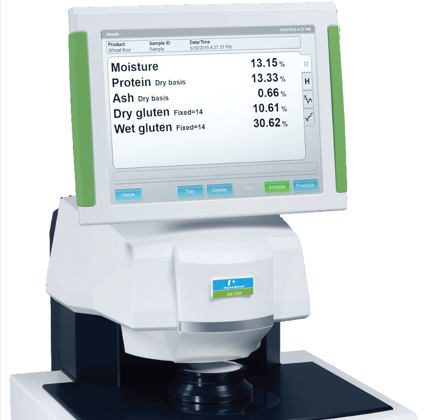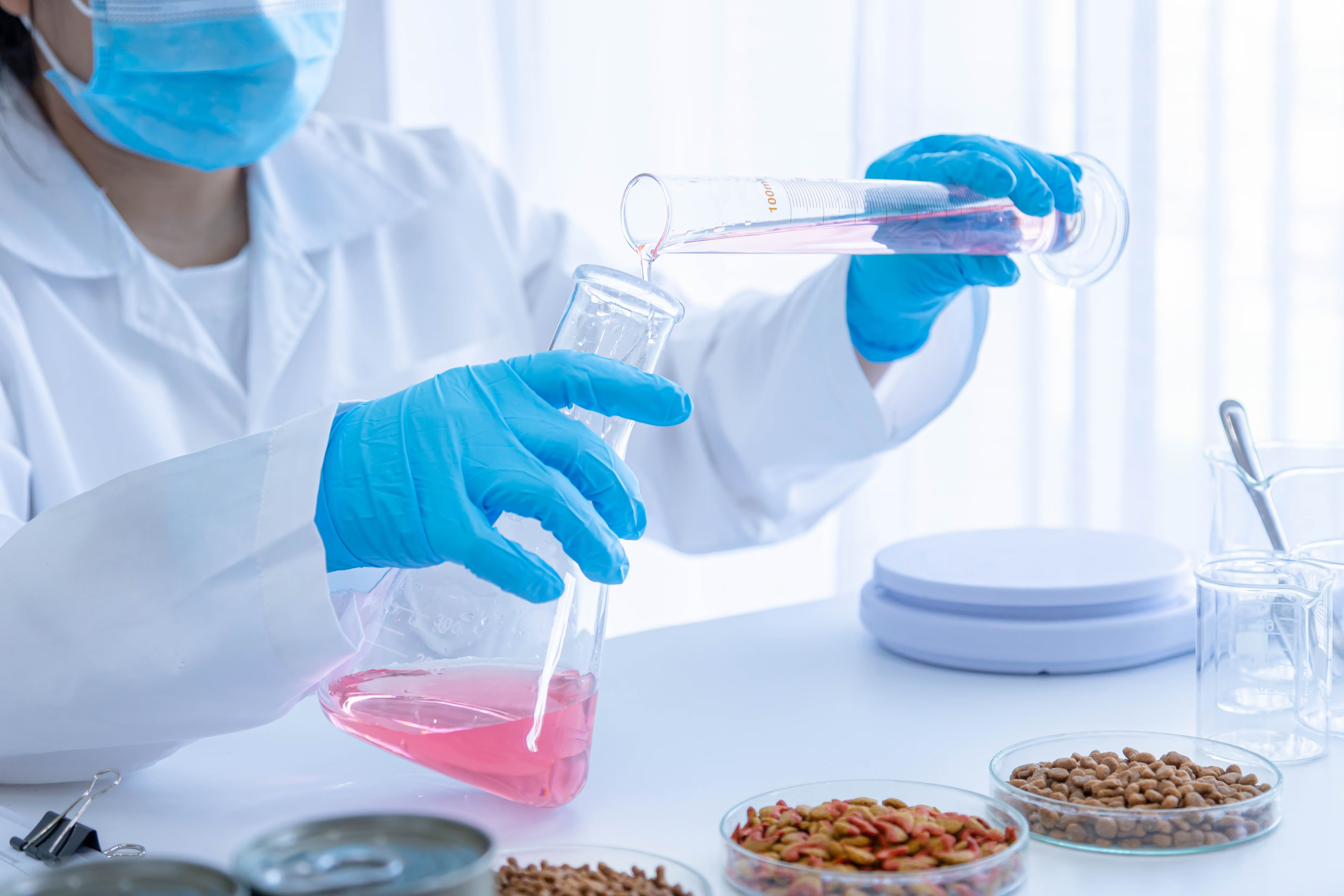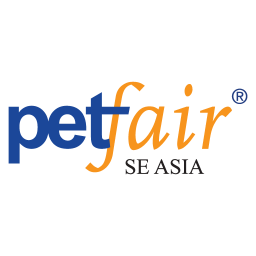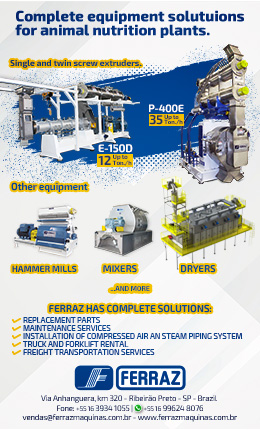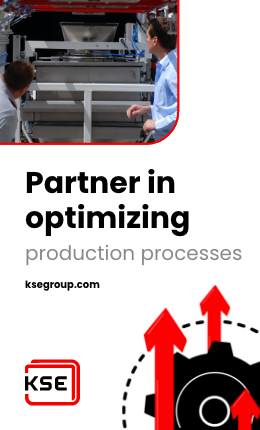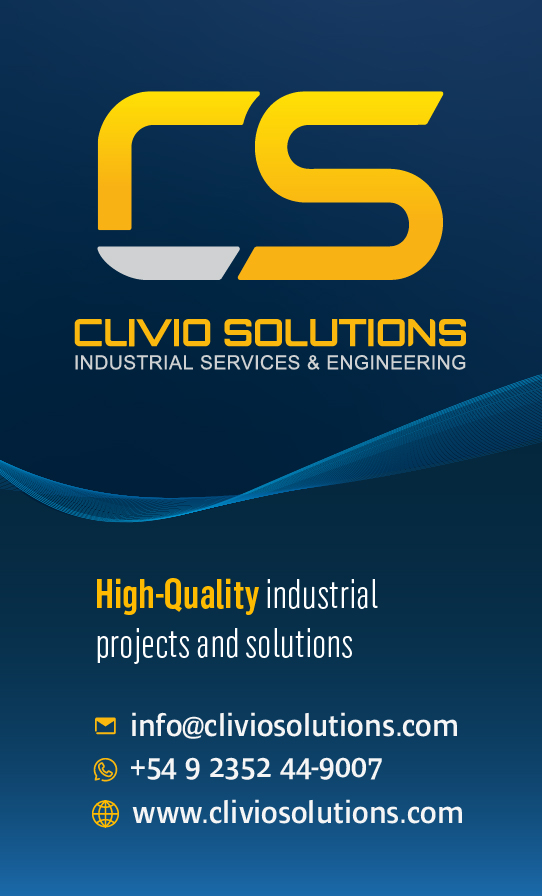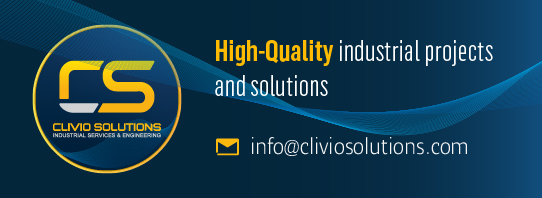However, this trend presents significant challenges. Quality control and laboratory analysis processes are often slow and expensive, resulting in production delays, loss of raw materials, reprocessing of batches, and, consequently, the loss of time and valuable resources. All of this has been an obstacle to the efficiency and competitiveness of companies in the industry.
The solution to these challenges lies in near-infrared (NIR) spectroscopy technology, which has revolutionized the way the pet food industry approaches quality control, ingredient analysis, and process control. NIR instruments allow multivariate analysis to be performed in less than 10 seconds, providing accurate data for critical parameters such as moisture content, protein, fat, fiber, and ash, among others. As a result, not only is the quality control process significantly accelerated, but a substantial reduction in costs associated with traditional laboratory analysis is also achieved, giving companies the competitive advantage they need to stand out in the industry.
Pet food manufacturing process: critical points
Within the framework of the pet food manufacturing process, there are critical stages identified that require special consideration to achieve efficiency and productivity to obtain a final product of excellence. We cannot reach a good final result if our raw material does not meet the requirements. NIR instruments can quickly provide us with the information necessary to decide whether a batch we are receiving meets them or not.
Each food has its recipe, and each variety has its nutritional composition. NIR equipment can help us confirm if the mixture or formula was correctly made prior to entering the extruder. After drying, it is common to apply coatings with fats, oils, or flavorings to make them more palatable, and, in some cases, vitamins and minerals can also be added to strengthen the nutritional content. NIR equipment can monitor the fat or oil content at this stage.
Prior to packaging, and after the cooling process, obtaining an accurate reading of the humidity value of the product is essential to prevent common problems, such as the growth of mold or other types of fungi, which can cause deterioration of the product, affect its quality, and lead to significant economic losses. The ideal task for an NIR instrument will not only give us an accurate reading of the humidity value, but also allow us to verify that our final product meets the nutritional requirements we communicate on our packaging.
PerkinElmer has been leading the market for years with its DA 7250 analyzer, the third generation of NIR instruments in the company's more than 60-yearhistory. This equipment combines Near Infrared Reflectance technology and a diode array (DA) detector, allowing accurate and reliable results in less than 10 seconds. Thanks to its excellent signal-to-noise ratio, large analysis surface area, and light range used with superior penetration capacity, grinding of raw materials or pre-treatment of samples before analysis is not needed. In addition to its speed in obtaining results, the DA 7250 stands out for its efficiency, simplicity of use, robustness, simple maintenance and cleaning, as well as its extremely friendly operating environment. It also has two online and inline versions, the DA 7440 and DA 7350 respectively, fully compatible with each other in terms of calibrations.
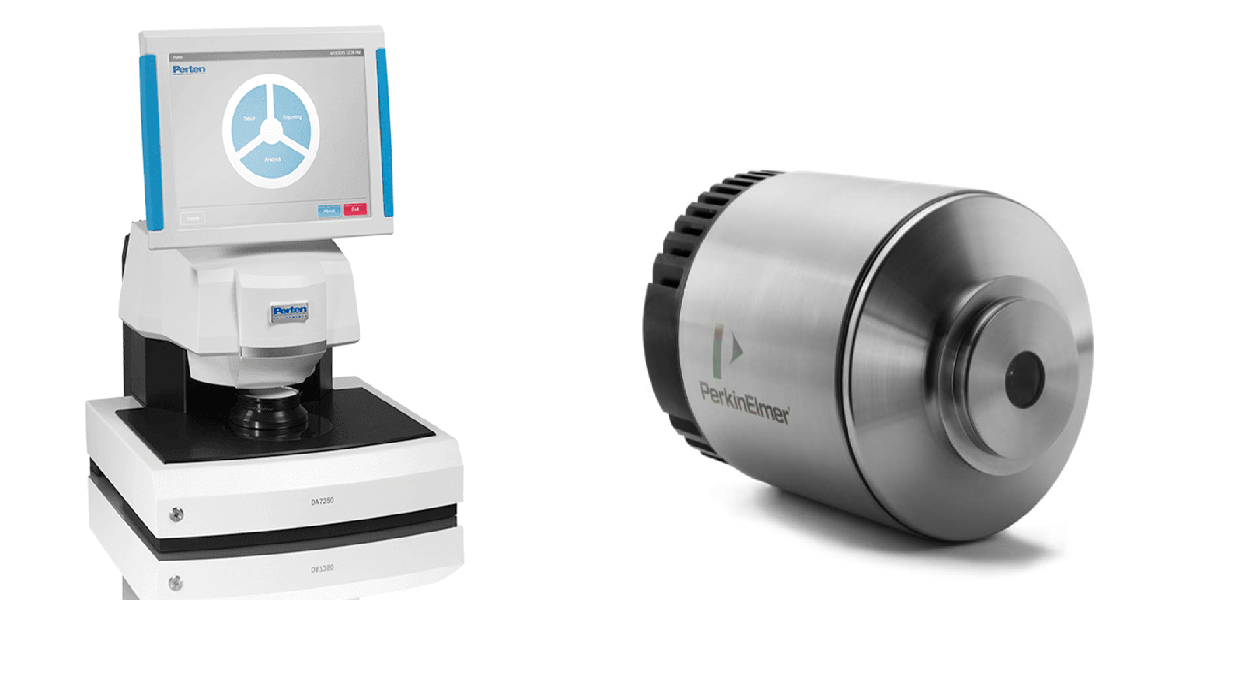
Mathematical models, prediction, and security in the results
Thanks to spectral data from more than 15,000 dry dog and cat food samples from worldwide manufacturers (including kibble, biscuits, tricks, and more), calibrations have been developed to model relationships between NIR spectra and reference chemical results. This has been achieved using Honigs™ Regression (HR) types and Artificial Neural Network Regression (ANN) algorithms, as well as the application of a temperature stabilization pretreatment.

As an example, the following table shows data from calibrations carried out for samples of dry food for dogs and cats:
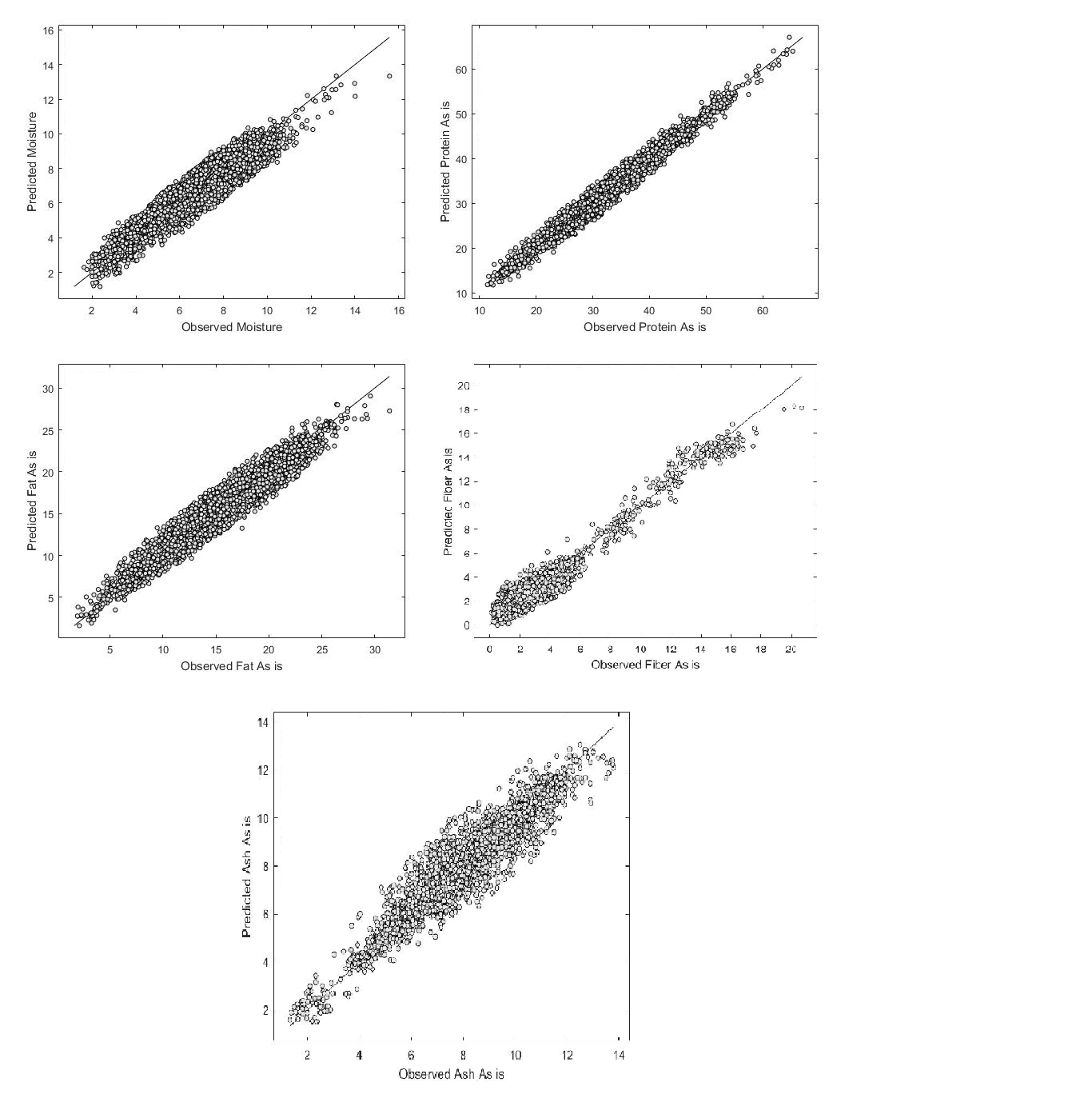
The great product variability incorporated in the calibrations, added to the aforementioned characteristics and virtues of the instrument, guarantee accurate and robust measurements over time. The models can be used for whole and ground pet foods with similar prediction accuracy. In parameters such as humidity, protein, fat, fiber, and ash, these models are very precise, with similar differences to the deviations obtained between the two reference laboratories.
In conclusion, in a market with increasing demands in terms of quality, nutritional value, and cost, NIR instruments are a powerful solution that offer fast, accurate, and robust results for all stages of the production process, reducing costs and leading to the efficiency and quality of our product at optimal levels.
By: Leonel Fulcheri - PerkinElmer
Source: All Pet Food Magazine
You could be interested: High-level nutrition: The revolution in pet health










